- A flip problem can occur when the microscope photo picture of the tissue and the gene expression matrix are aligned, and the flip situation is related to the chip sequencing scheme and the image output of the microscope. SS chips start sequencing from the lower left corner during sequencing, the coordinate origin (0,0) of sequencing is in the lower left corner, and the coordinate origin of the imaging are in the upper left corner, so the image and expression matrix will be reversed by default in the automatic image process.
- However, after imaging, the output image may be in the same orientation as the image seen by the lens, or the output image may be mirrored with the orientation of the tissue seen by the lens due to the different configuration of the microscope's software.
- How to judge in advance whether the image output by your microscope needs to be flipped before QC/analysis? The Stereo-seq technology uses a chip to capture, and the chip is opaque, so no matter whether the microscope is placed upright or inverted, the microscope needs the lens to take pictures of the tissue staining image. Therefore, when acquiring microscope images, as long as it is confirmed that the direction of the lens facing the tissue is consistent with the direction of the image output by the microscope software, the issue of mirrorring between registered image and heatmap will not occur in the auto-registration.
- If there is a mirror image of the output image of the microscope and the orientation of the tissue on the chip, you can try to 1) adjust the microscope configuration to prevent image inversion, or 2) use PhotoShop, ImageJ and other image processing software to flip the image, and then QC.
- For more information about image processing, please refer to this blog: https://en.stomics.tech/news/stomics-blog/1123.html
All
Products
Resources
News
FAQ
Search

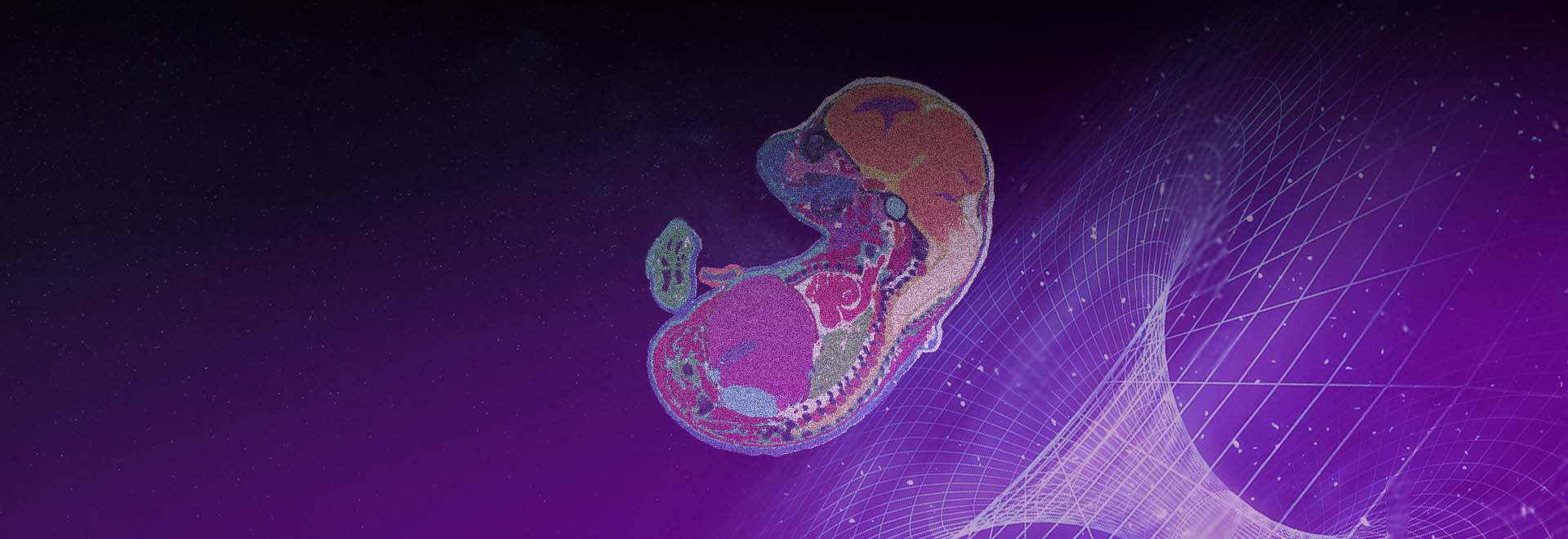
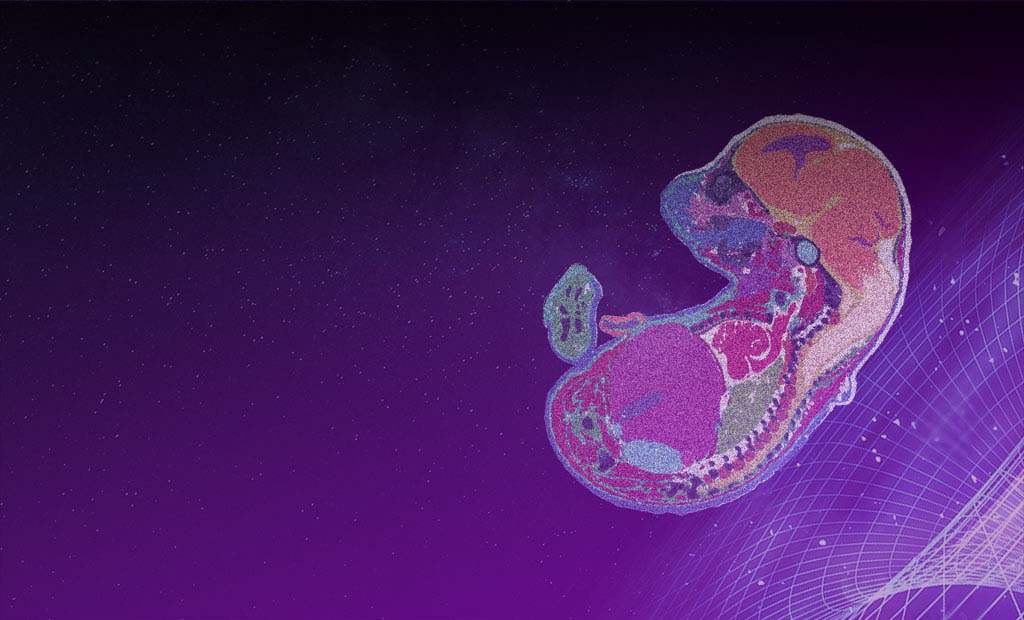
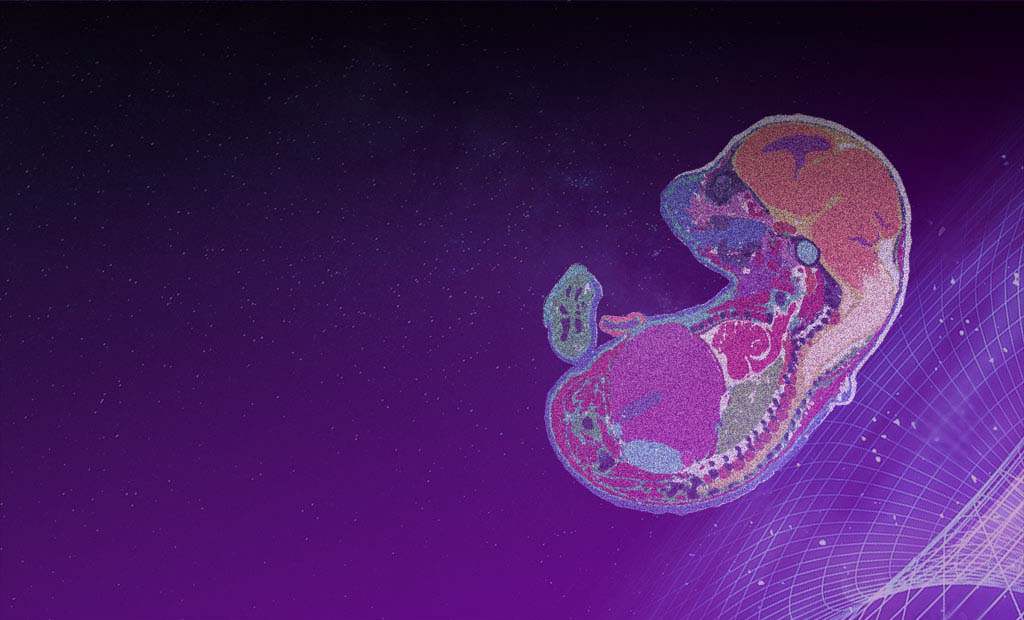
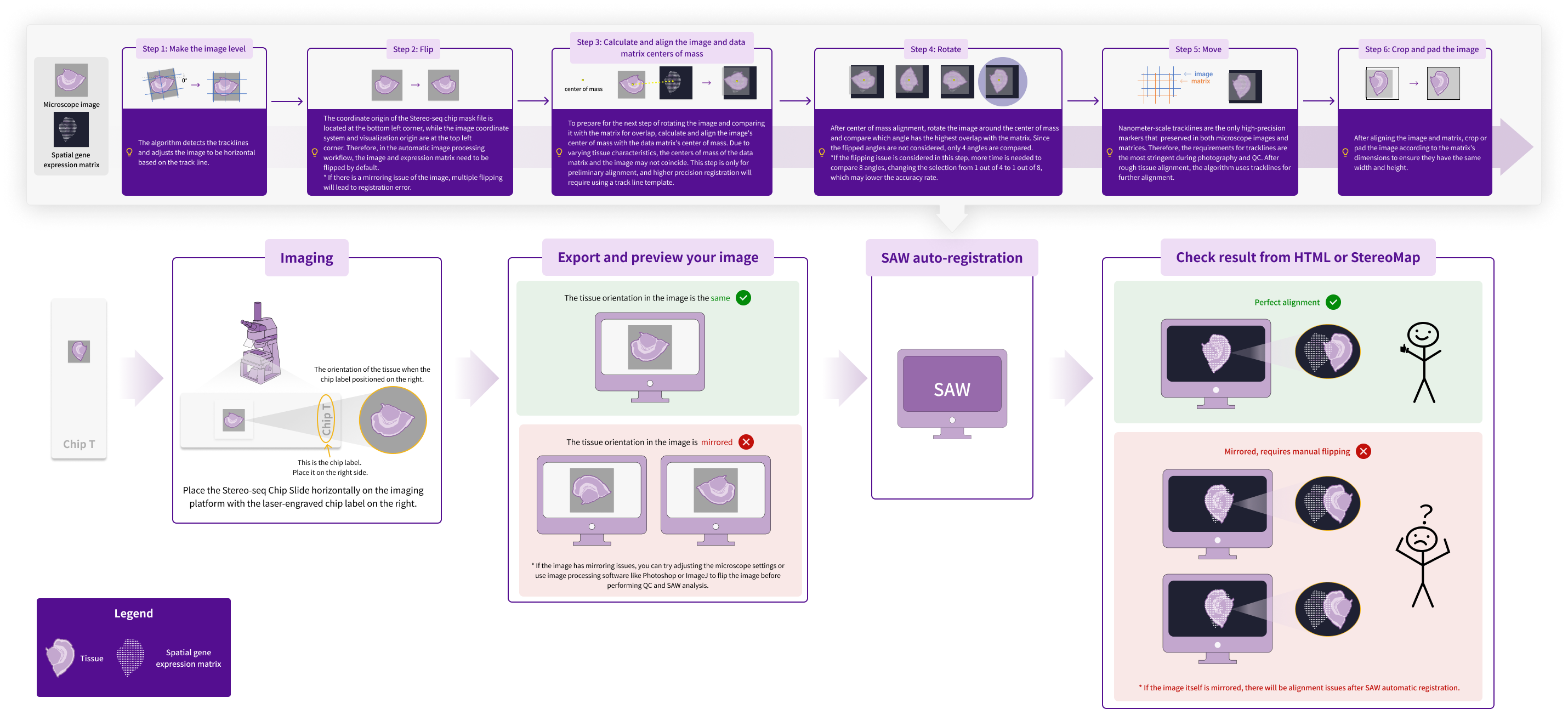
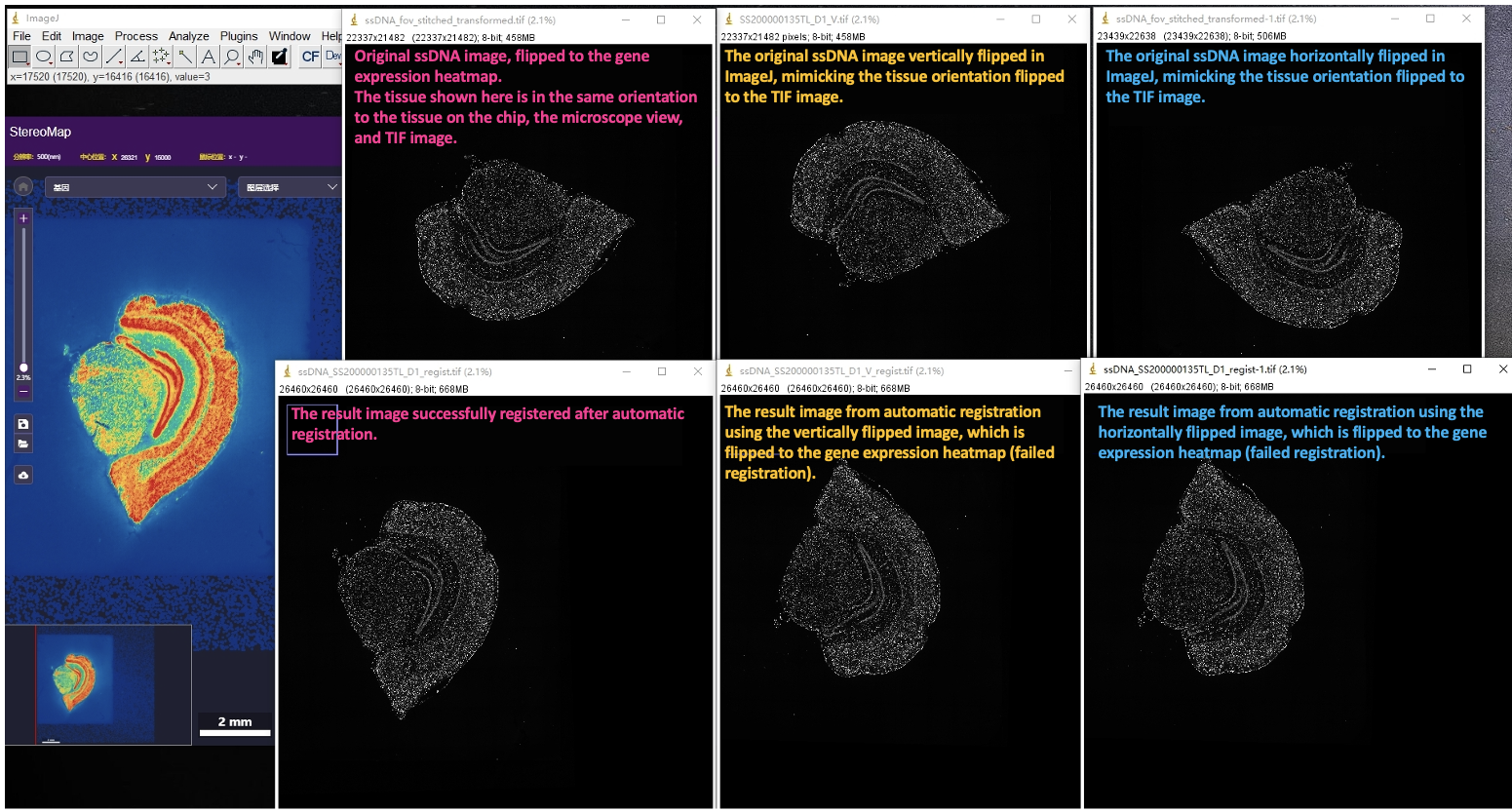
.png)
.png)
